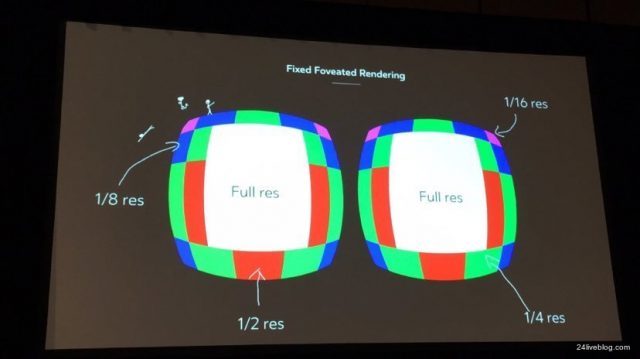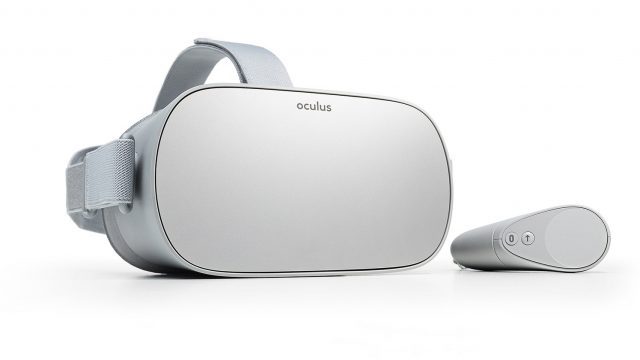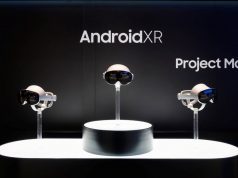Oculus has revealed that the standalone, entry-level mobile VR headset Oculus Go will support refresh rates up to 72Hz and will make use of fixed foveated rendering.
At GDC 2018 Oculus’s dedicated hour long session was a treasure trove of new and updated information (If you missed it you can re-cap via our live blog coverage right here). One of the many snippets of news was more detail on how the company’s upcoming mobile, standalone VR headset Oculus Go handles rendering and on its display.
First up is Oculus Go’s display. We know from the device’s launch that the headset sports a “fast fill” (low latency / persistence) single LCD panel at a resolution of 2560 x 1440. What we didn’t know and was revealed today is that display can bump its refresh rate up to 72Hz if the application calls for it. Whilst it seems likely that this will be the gold standard for titles running on Go, given the low-cost, lower power on-board chipset inside the Go, we do wonder how many titles will be sacrifice visual fidelity for responsiveness. If developers do however, there’s a bonus in it for them. Chris Pruett (Head of Development Engineering) says if 72Hz mode is engaged that it’ll make the display look “perceptibly brighter” and “improves colors” concluding that “If you can accommodate 72Hz it’ll look really good!”

Next up is rendering techniques for developers looking to squeeze every ounce of performance out of the Oculus Go hardware. If you’ve been a reader of Road to VR for a while, you’ll know that Foveated Rendering is one of the techniques many believe will allow VR rendering to reach the levels of detail and fidelity necessary to completely fool the human eye into accepting virtual reality as reality.
In a nutshell, full foveated rendering detects where your eye is looking and instructs the application to only render a portion of the display (the portion your vision is centered on) in full detail, with less detail rendered the further you move from the centre of your gaze. When done right, it can be imperceptible to the player and in the process, save significant clock cycles as far less detail is rendered per frame. However, Oculus Go doesn’t sport any form of eye tracking, so how can the headset benefit?
Chris Pruett says that they’re recommending the use of Fixed Foveated Rendering which takes the same principles but from an assumed central point of gaze. Pruett says “One of the problems phones have had for years is that filling pixels is expensive,” continuing, “What we’ve done up to now is Rendering to a lower resolution eye buffer. But if you increase the eye buffer resolution, quality goes way up. We built something into Oculus Go called Fixed Foveated Rendering.”

Again, the central part of the image contains the most fine detail with less and less detail evident the further you move from the central point of the users assumed gaze (where vision is sharpest). Pruett also mentioned the Oculus team worked closely with Qualcomm, the providers of the Go’s onboard chipset (based on the company’s Snapdragon 821), to get the Fixed Foveated using a tile based renderer, working optimally.









